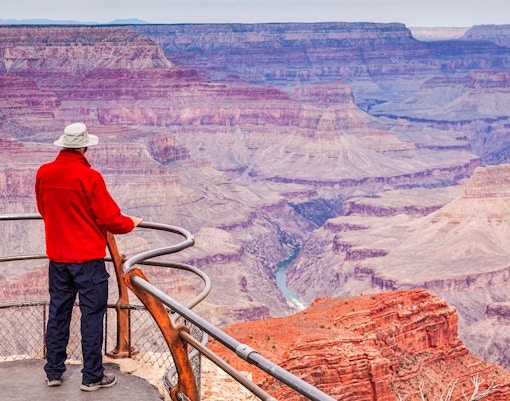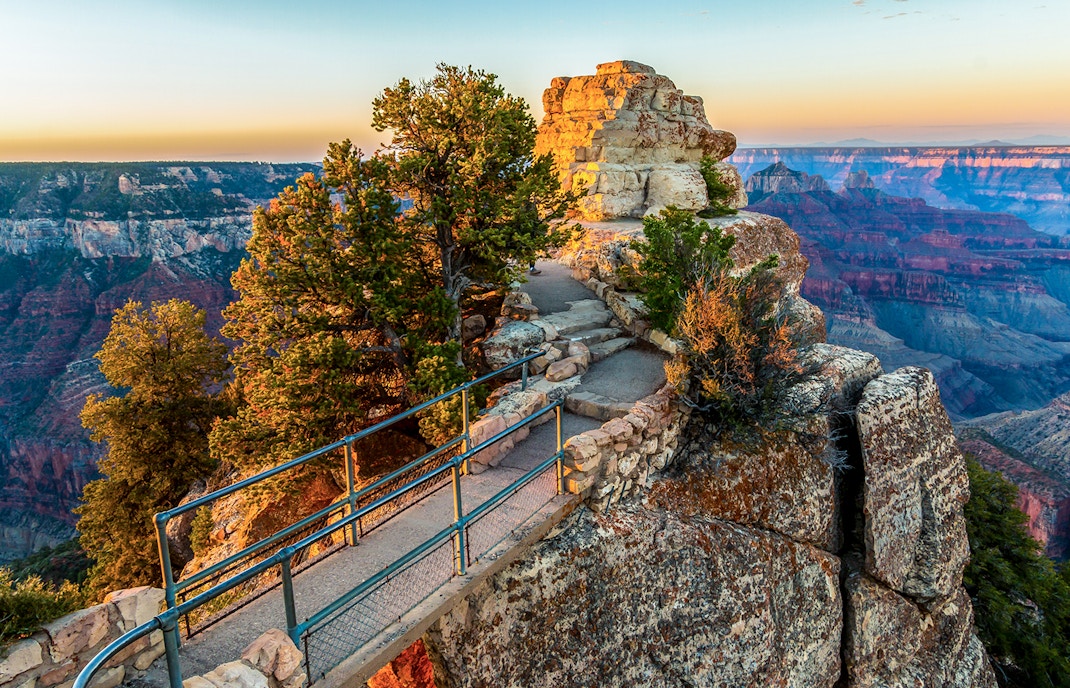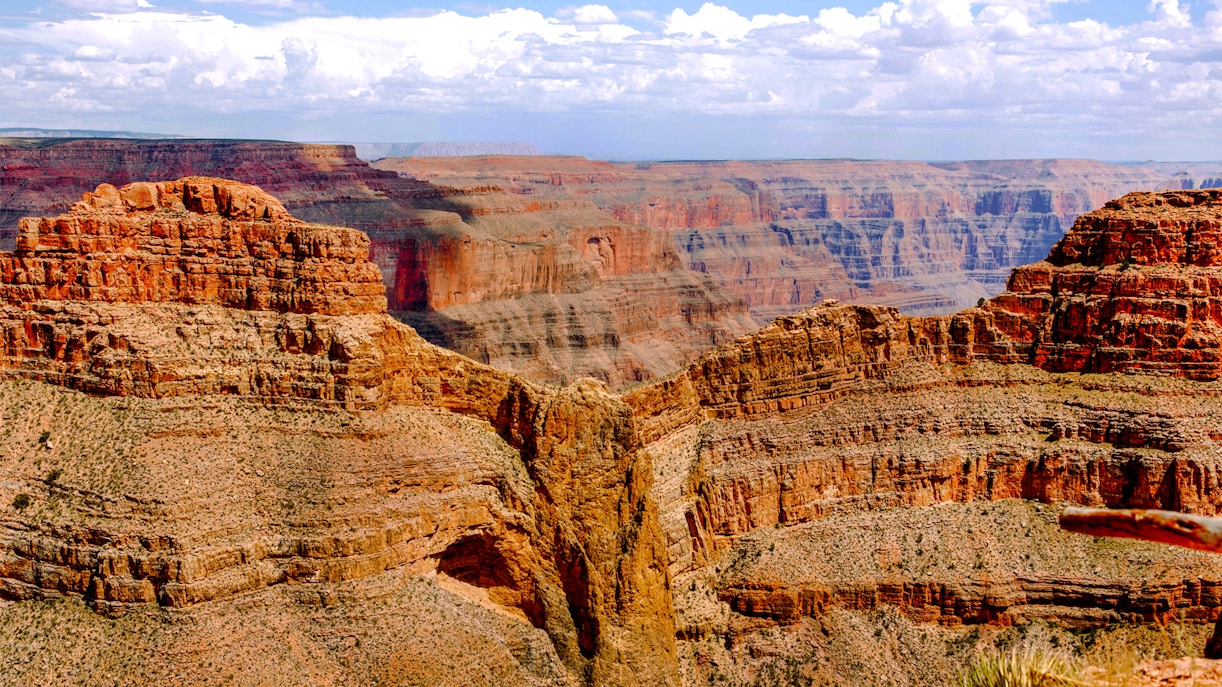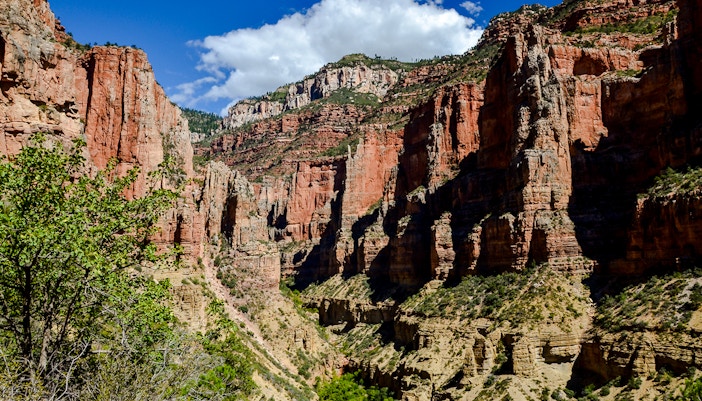
- North Rim
- History
- West Rim
- Grand Canyon National Park
- Grand Canyon
- Facts
- Grand Canyon Railway
- Hualapai Tribe
- South Rim
- Wildlife
- Shoshone Point
- Yavapai Geology Museum
- Hermit's Rest
- Hopi House
- Plan Your Visit
- Timings
- Directions
- Entrances
- Restaurants
- Map
- Camping
- Grand Canyon Village
- Weather
- Photos
- Hiking
- Things to Do
- Viewpoints
- Shopping
- Itinerary
- Hotels
- Rim to Rim
- Grand Canyon Floor Landing Tours
- Grand Canyon Lake Mead Tours
- Grand Canyon West Rim Tours
- Grand Canyon National Park Tours
- Grand Canyon North Rim Tours
- Las Vegas to Grand Canyon Helicopter Tours
- Grand Canyon Tours from Las Vegas
- Grand Canyon Airplane Tours
- Grand Canyon Helicopter Tours
- Grand Canyon South Rim Tours
- Grand Canyon Boat Tours
- West Rim Skywalk
- Grand Canyon National Park Helicopter Tours
- Grand Canyon Hummer Tours
- Grand Canyon West Rim Helicopter Tours
- Grand Canyon Tours
- Helicopter Tour Operators
Everything you need to know about Grand Canyon's most popular viewpoints
🧭 South Rim viewpoints
The South Rim is open year-round and has the widest range of viewpoints. Here's how to explore them based on where you are:

🚶 Viewpoints near the Visitor Center (Mather Point Area)
These are perfect for your first stop, just minutes from the main parking area.
- Mather Point: Iconic sunrise view just steps from the Visitor Center.
- Yavapai Point: Short walk or shuttle ride; includes the Geology Museum.
- Pipe Creek Vista: Easy to reach by car or shuttle; uncrowded, great early morning light.

🚌 Viewpoints along Hermit Road (Shuttle Access: March–November)
Hermit Road begins west of Grand Canyon Village. You can ride the free shuttle or walk the Rim Trail between stops.
- Hopi Point: – Unmatched sunset views; shuttle stop #4.
- Mohave Point: Cliffs and river views; quieter than Hopi.
- Pima Point: End of Hermit Road, with panoramic soundscape of the river.
- The Abyss: Deep vertical drop views; great photography spot.
- Maricopa Point: Near Bright Angel Trailhead; views of historic mines.

🚗 Viewpoints along Desert View Drive (East of Grand Canyon Village)
Open to private vehicles year-round. Ideal for a half-day scenic drive east toward the park’s entrance.
- Grandview Point: One of the widest views; trailhead for experienced hikers.
- Moran Point: Colorful rock layers and great light in the afternoon.
- Lipan Point: Colorado River bends in full view; excellent photography.
- Navajo Point: – High elevation, just before Desert View.
- Desert View Point: Final stop; features the Watchtower and sweeping 270° views.

🏞️ Less-crowded spots off the main routes
Perfect if you're seeking quieter experiences.
- Shoshone Point: Accessed by a short, flat walk from a dirt parking area (permit required for private events).
- Duck on a Rock Viewpoint: This is often missed, but it is located between Mather Point and Grandview Point on Desert View Drive.
🌲 North Rim viewpoints
The North Rim is open mid-May to mid-October, offering a quieter and cooler experience. Most viewpoints are accessible from the Grand Canyon Lodge area or along the Cape Royal Road.

🏨 Viewpoints near Grand Canyon Lodge
A good place to start if you're staying or arriving near the lodge.
- Bright Angel Point: Short, paved trail from the lodge; cliffside views with dramatic drop-offs.
- Vista Encantada: A peaceful picnic area and viewpoint just north of the Cape Royal Road junction.

🚗 Viewpoints along Cape Royal Road
This 23-mile drive from the lodge offers some of the most spectacular and wide-angle views on the North Rim.
- Point Imperial: The highest viewpoint (8,803 ft); views of the Painted Desert and the junction of multiple canyons.
- Roosevelt Point: Quiet stop with short nature trail and interpretive signs.
- Walhalla Overlook: Views of the Unkar Delta and ancestral Puebloan ruins below.
- Cape Royal: Broad, unobstructed views and ideal for both sunrise and sunset.
- Angels Window: This natural arch has a short trail that walks over it; don’t miss the photo op.
🌵 West Rim viewpoints
The West Rim is managed by the Hualapai Tribe and lies outside the National Park. It’s closest to Las Vegas (approx. 2-hour drive) and home to the Skywalk.

🧭 Viewpoints within Grand Canyon West
All accessible by shuttle buses once inside the complex (ticketed entrance required).
- Eagle Point: Named for a rock formation resembling an eagle; home to the Skywalk.
- Guano Point: Offers nearly 360° views; remnants of a historic mining operation add character.
- Highpoint Hike: Short, uphill hike from Guano Point for a bird’s-eye view.
- Hualapai Point (under development): A cultural-themed area with potential future viewpoints.
🌄 Best for sunrise
🌇 Best for sunset
🏞️ Best for views
Viewpoints by accessibility
Plan your visit

Grand Canyon viewpoints do not have fixed opening or closing hours. They are generally accessible 24/7, especially in the South Rim and North Rim, because they are located within the park, which remains open 24 hours a day, 365 days a year.
However, access to some viewpoints is limited, based on transportation or road schedules, not the viewpoint itself.
- South Rim: Open year-round. Viewpoints along Desert View Drive (e.g., Mather Point, Lipan Point) are accessible by car at all hours.
- Hermit Road (e.g., Hopi Point, Pima Point) is shuttle-only from March 1 to November 30, and shuttles operate from roughly 4:30am to after sunset.
- North Rim: It is open from mid-May to mid-October. Once open, viewpoints are available 24/7, but park services close in the evening.
- West Rim: Managed by the Hualapai Tribe. Operates on fixed hours, generally 7am to sunset. Viewpoints like Eagle Point and Guano Point are only accessible during these times.

South Rim
- By car:
3.5 hours from Phoenix
1.5 hours from Flagstaff
4.5 hours from Las Vegas
- By train: Ride the Grand Canyon Railway from Williams, AZ (2.5 hours, scenic route).
- By bus: Greyhound and shuttle services connect from Flagstaff and Williams.
- By air: Nearest airports are Flagstaff Pulliam Airport (FLG) or Phoenix Sky Harbor (PHX).
- Inside the park: Free shuttle buses connect all major viewpoints, especially in Grand Canyon Village and Hermit Road.

North Rim
- By car only:
3 hours from Page, AZ
4.5 hours from the South Rim (no direct road across the canyon)
- Nearest major airport: St. George Regional (SGU) or Las Vegas McCarran (LAS)
Note: The North Rim is only open mid-May to mid-October, and services are limited. No shuttle or public transportation operates here.

West Rim
- By car: It is a 2–2.5 hours from Las Vegas; the final stretch includes 60 miles of remote highway (paved).
- By helicopter: Tours depart from Las Vegas for aerial views and landings.
Note: The West Rim is operated by the Hualapai Tribe and is not part of Grand Canyon National Park. Separate entrance fee and rules apply.
♿South Rim, the most accessible
The South Rim is the most accessible part of the Grand Canyon. Several major viewpoints—like Mather Point, Yavapai Point, and Desert View—offer paved pathways and wheelchair-accessible observation areas. Designated accessible parking is available throughout the park, along with curb ramps and barrier-free restrooms. The park's free shuttle buses are also wheelchair-accessible, featuring lifts and priority seating.
♿North Rim, with limited accessibility
The North Rim is more remote and less developed, with fewer paved paths. While some areas like Bright Angel Point offer partial access, the trail includes steep sections and uneven surfaces that may be difficult for wheelchairs. There is no shuttle system, and accessible amenities are limited. This rim is best suited for visitors with moderate mobility or those using walking aids rather than wheelchairs.
♿West Rim, fully accessible
Operated by the Hualapai Tribe, the West Rim has modern infrastructure and is designed with accessibility in mind. The Skywalk at Eagle Point is wheelchair-friendly with smooth, paved surfaces and ramp access. Shuttles that run between Eagle Point and Guano Point are also accessible. Most visitor amenities are clearly marked and easily navigable for all mobility levels.

- Stay on designated paths and viewing areas—do not overstep safety railings or marked boundaries, as the Canyon edges are unstable in many areas.
- Launching, landing, or operating drones is prohibited within the Grand Canyon National Park, including at all the viewpoints.
- While personal photography is allowed, commercial photography requires a special permit through the National Park Service.
- Do not litter—use designated trash cans or carry the trash with you until you find a bin.
- Viewpoints are shared spaces, so avoid playing loud music or making excessive noise.
- Pets are allowed at some paved viewpoints, but they should be on a leash no longer than 6 feet long. They are not allowed on inner canyon trails or shuttle buses.
- Be weather-aware. Certain viewpoints can become dangerous during strong winds, lightning storms, or icy conditions. Follow ranger advisories and temporary closures.
Book Grand Canyon tours
Frequently asked questions about Grand Canyon viewpoints
Coverage is spotty—some viewpoints receive a decent signal, especially near the South Rim facilities. But don’t count on Instagram uploads at Hopi or Cape Royal.
Yes, there are. You can go on a Hummer Tour, which is the most popular guided tour to the viewpoints.
Most major viewpoints on the South Rim, like Mather Point and Desert View, have restroom facilities nearby. The North Rim and West Rim viewpoints may have fewer options, so plan accordingly.
Yes! Many viewpoints have picnic areas nearby, especially at Desert View and the South Rim. Just remember to pack out what you pack in — the canyon doesn’t do trash pickup.
Tripods are generally allowed, but if the spot is super crowded, you might get a few polite side-eyes. Early mornings or weekdays are your best bet for tripod-friendly spots.
Camping is only allowed in designated campgrounds, not directly at the viewpoints. But you can camp nearby and hike or drive to the viewpoints during the day.


